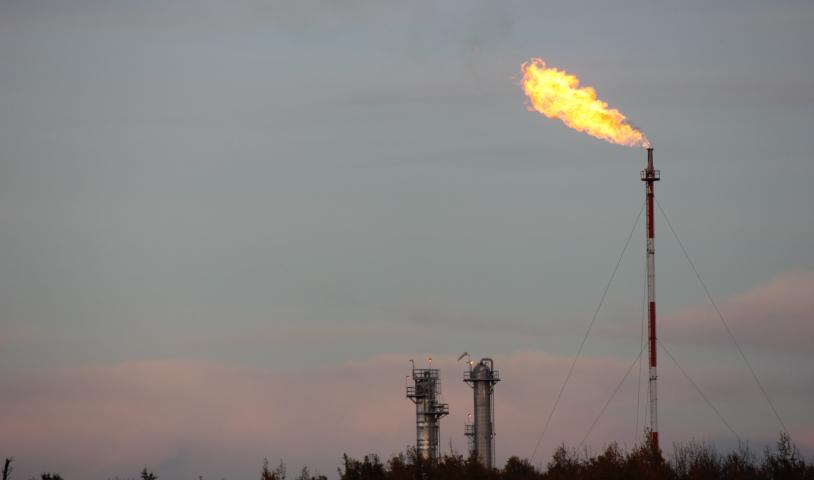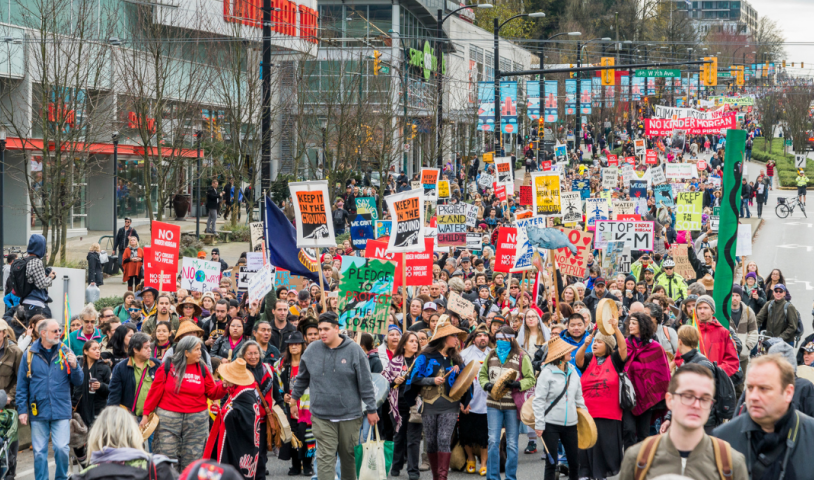David Suzuki Foundation puts a price on the Peace Watershed
Tuesday, August 12, 2014
The David Suzuki Foundation released a study saying that the ecological services provided by the Peace River watershed to farmland, keeping water clean, offseting pollution, providing a home for wildlife and providing a place for people to enjoy nature is worth $7.9 to $8.6 billion a year.
"Even though the cumulative effects of resource development have affected more than 60 per cent of the Peace River Watershed, our study shows that remaining farmland and natural areas have an incredible ability to generate natural wealth," said the David Suzuki Foundation's head researcher Faisal Moola.
“We hope this report encourages discussion about how natural areas and farmland in B.C.'s irreplaceable Peace Region are valued – and undervalued – when decisions are made that could destroy the region's natural wealth.”
Moola specifically pointed to the decision over the Site C dam as something that this information could affect.
This area of land stretches south of Tumbler Ridge, west of Hudson’s Hope and hundreds of kilometres north of Fort St. John. This amounts to about 5.6 million hectares of land, about the same size as all of Nova Scotia, the Suzuki Foundation said.
Most of the Peace watershed’s value, according to the Suzuki Foundation, comes from “carbon storage.” A tree can help “store” carbon released by something like a power plant. The U.S. Environmental Protection Agency “valued” a ton of carbon dioxide for $11 to $52, basing it on certain climate change scenarios.
Based on those prices, it eventually calculated that on the low end the Peace River Watershed could provide $6.7 to $7.4 billion per year in benefits to B.C. residents.
Then, while admitting that First Nations cultural lands are “considered invaluable,” the Foundation used a 1991 Saskatchewan study on how much First Nations would pay to keep them and transferred those numbers to the Peace Region and today’s dollars.
The value of the farmland came from an Abbotsford study, in which people were asked how much they would be willing to pay to keep their farmland.
The Suzuki Foundation study also helped lay out what’s what in terms of acreage in the Peace watershed. Just under two-thirds of the land – or 64 per cent – is forested. Wetlands make up about 9.2 per cent, followed by grasslands at 7.8 per cent, and other types of land making up another 10.7 per cent.
Water made up 1.4 per cent of the land, with developed land only takes up 0.1 per cent.
But the Suzuki Foundation said that much of this land is under threat.
"We're concerned because the strain on the Peace River Watershed's farmland and natural ecosystems will only increase with the B.C. government's plan for increased oil and gas development, including liquefied natural gas, as well as large infrastructure projects such as the proposed Site C Dam," Moola said.
Chief Roland Willson of West Moberly First Nation echoed these concerns.
"This study confirms what we have known for generations. Our Dane-Zaa people have been blessed with forests, rushing rivers and rolling grasslands that have sustained our communities for thousands of years," said Willson in a statement.
"However, the cumulative effects of industrial development in our territories have been massive and can't be mitigated. They've had an enormous impact on our treaty rights as First Nations people."
The Suzuki Foundation stated that already there are about 16,300 oil and gas well sites, 8,500 petroleum and natural gas facilities, and “tens of thousands” of kilometres of logging roads, seismic lines and pipelines.
Dave Conway, a spokesman for BC Hydro and the Site C project, said that his company was still going through the data. However, “We’d like to suggest people keep the size of the project in comparison,” he said.
He said that the Site C dam footprint is 5,550 hectares, while the Peace River Watershed that the report examines is 5.6 million hectares in size.
(However, previous figures discussed at the Site C Joint Review Panel hearings estimate that the hydroelectric dam would flood 83 kilometres of the Peace River, which would put almost 4,000 hectares of farmland alone underwater.)
“Regardless of what you do for electrical generation, everything has an effect, whether you look at wind generation, geothermal,” Conway said. “We know Site C has the potential for some significant effects. We believe those effects are justified by the need of the project,” he added.
Photo: The David Suzuki Foundation puts the value of the Peace watershed at up to $8.6 billion per year.





